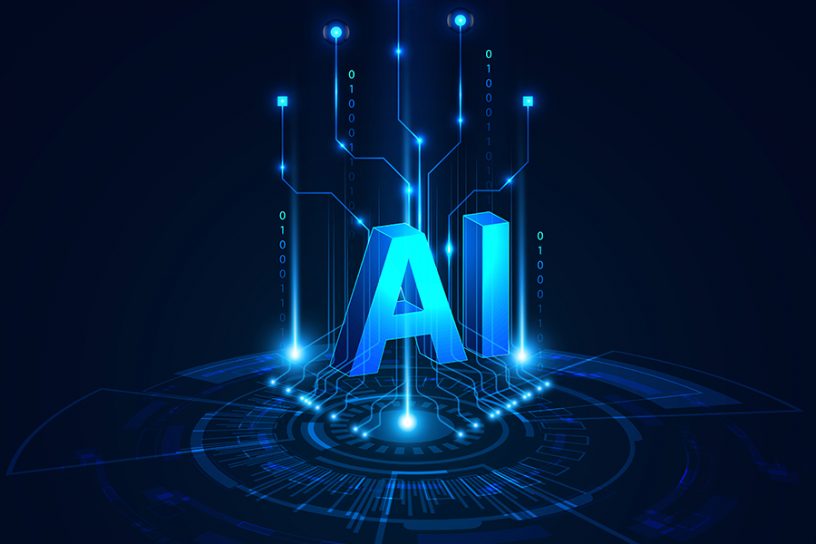
How AI has evolved over the years, and how the evolution affects the possibility of regulating AI.
Author
Krishna Deo Singh Chauhan, Associate Professor, Jindal Global Law School, O.P. Jindal Global University, Sonipat, Haryana, India.
Summary
In the pilot episode of the celebrated television show Breaking Bad, the protagonist Walter White explains chemistry to his high school students. “…Well technically, chemistry is the study of matter. But I prefer to see it as the study of change.” The technical definition is not wrong. But White’s take on chemistry’s definition adds a fresh layer of meaning, a broader context to it.
Today, I must borrow these words from the show to define AI regulation. “Well technically, AI regulation is the regulation of AI. But I prefer to see it as the regulation of change.” Change in society. Change in culture. But most importantly, constant change in the technology itself.
In this post, I first look at how AI has evolved over the years, and how the evolution affects the possibility of regulating AI. Secondly, I focus specifically on India and make a case for regulating AI through a Center for Ethics and Technology (CET). I support my arguments by noting that technological changes have pushed the very definition of ‘regulation’ to evolve, towards ‘soft regulation’, which promises to be far more responsive and fit for purpose. I conclude by suggesting how CET is well-positioned to provide such a soft regulatory response.
Challenges with AI regulation
The dynamism of AI and because of AI make its regulation challenging. Let’s understand these challenges as falling in two categories. The first category concerns change in AI. The second concerns the existing regulatory responses, and their weaknesses, particularly in the face of such evolution.
Published in: jicil.in/
To read the full article, please click here.


